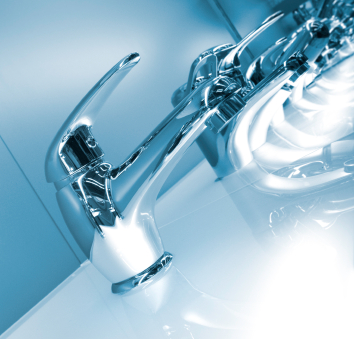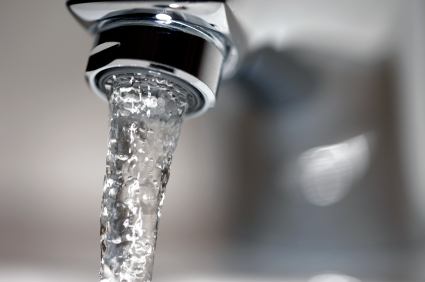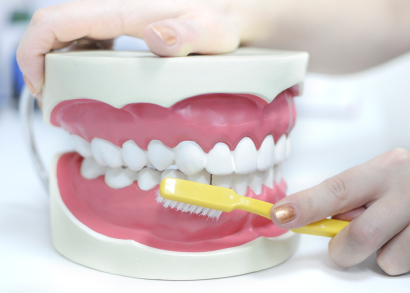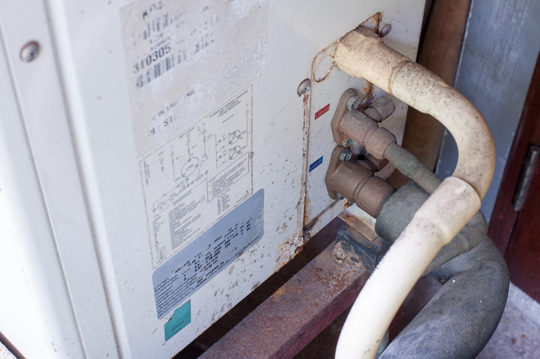If the water flow from your faucet is slow or essentially non-existent, your faucet is probably clogged. You can make sure this is the case by checking other faucets in your home. If you have a normal water flow from your other faucets, you can be sure the problem is an isolated clog and not a water system failure. Read on for solutions if your faucet is clogged.
Repairing a clogged faucet is fairly simple. First, inspect the debris that is blocking the water flow. Remove the aerator screen from the faucet and observe the particles.
If the particles look like soap build-up: Simply soak the aerator screen in hot water for a few minutes to dissolve away any particles.
If there is other debris: Clean the aerator screen more thoroughly. Use a toothbrush or a pin to dislodge the particles.
After cleaning away all types of debris, reattach the aerator screen.
Preventing Clogged Faucets
Extremely hard water can eventually block faucet water flow. If the particles on the aerator screen look like mineral buildup, you may want to consider adding a water softener to the water supply lines. Affirm this need by checking both the hot water and cold water lines for sediment buildup. If both lines cause mineral buildup, you will likely need a water softener. If you find that only the hot water causes buildup, then the problem may lie in the water heater. If this is the case, you may need to replace the water heater dip tube, the anode, or the water heater itself.
For professional help, use TalkLocal to find a reliable plumbing professional near you! Just go to TalkLocal’s website and state your location, availability, and service need. Within minutes of submitting your request, you will receive up to three phone calls from local service professionals that can help you.











